When you think about DJs you don’t worry about their hearing, but this is a real issue in the music world, they seem to be slow in picking up this issue, probably because the industry can be full of bedroom DJs, that don’t consider hearing protection. As the article below says, it interferes with the mixing. This article was originally published on THUMP Canada. I'm waiting to get my hearing tested and I'm scared. Most of my work as a music journalist, along with my social life, has revolved around loud music for more than two decades. While I often wear cheap foam earplugs, I haven't been as consistent as I should have been, and I'm particularly worried about is the damage I've done while DJing.
I was never a famous touring DJ, but spent many years playing long shifts on a weekly basis at Toronto bars, sprinkled with occasional club and warehouse party gigs on larger sound systems. I've never worn any hearing protection in the booth, as I found earplugs interfered too much with mixing. Gradually I've noticed that I've been turning up the monitors over the course of a long night, and the ringing in my ears was taking longer and longer to fade away after each gig. A few years ago, I started to realize I was having trouble keeping up with conversations in situations where there was a lot of background noise.
Then one day that familiar ringing never stopped.
Even though hearing loss caused by loud music is aÂ
well-known reality, most working artists view it as an issue they'll deal with when they're retired, not aware of the fact that it can often impact artists at the height of their careers.
"I would go home after a gig and my ears would be ringing really badly, and then one day I noticed that they never stopped ringing anymore," says Toronto house DJ and producerÂ
Sydney Blu, who's been playing regularly since 2000. "Not long after that, I noticed that whenever I'm in a nightclub and someone talks to me in my right ear, I have to stop them and put my left ear to their mouth."
She eventually got herself fitted for custom musician earplugs, but found she could never get used to DJing while wearing them. Instead, Blu just tries to keep her monitors as quiet as possible, and turns them down completely in-between mixes. "Most of the older DJs that I know all have tinnitus. I wish I had thought about it earlier, and realized how bad it could get."
There is no way toÂ
reverse tinnitus currently, and theÂ
treatment options for hearing loss are still in their infancy. For busy DJs who are constantly touring and playing festivals around the world, many don't notice the ringing in their ears getting worse until it's too late.
"I think it's rife in the DJ field," says NYC house music veteranÂ
Roger Sanchez. "A lot of people have tinnitus and they haven't even identified it. They're just so accustomed to their ears ringing, and they think it's just because of their gig the night before. But if you're playing three or four times a week, your exposure is almost constant. Then when they step back, they realize they have tinnitus."
Sanchez has been performing for 36 years, and started to experience permanent ringing towards the end of the 90s. Like Blu, he got himself fitted for custom earplugs, and feels they've saved him from further damage. However, he admits there was a learning curve when it came to mixing while wearing hearing protection.
"In the beginning, I felt like I couldn't hear things clearly. It was like someone had put their hands over my ears. It took me a while to acclimate, but what I started noticing was that I could turn my monitors up, but it didn't sound piercing any more. I also had them put bass bins in a lot of booths, which helped compensate."
Sanchez says that it's become much more common in recent years for big name DJs to wear custom earplugs while performing. He finally got tested properly in 2010, and found there was a significant dip in upper range of his hearing around theÂ
800hz range, but was relieved that the loss wasn't worse. The persistent ringing in his ears is still there though.
"Right now I hear the ringing, but I've just become accustomed to it. I don't notice it when I'm walking on the street, or if I'm not paying attention to it, but the second I quiet everything down, the ringing starts. It's not too loud, thank god. I think using the filters prevented it from getting to that level. I know some people who have it very loud."
Custom musician earplugs can cost more than $200, but they're one of the few options for DJs who need to be able to accurately hear the effect of their EQ tweaks and filtering. The cheap disposable earplugs you can buy at the drugstore will protect your ears the same amount, but change the sound so much that few performers use them.
"A cheap foam earplug might bring the sound down by 25db at one frequency, and 10db at another," explains Adam Rhodes, the US director of hearing protection companyÂ
ACS Custom. "They muffle the sound, because it's not a true response. You can't hear anything, it takes away the enjoyment of the experience, so you just end up taking them out. When you've got the right filter though, you're not sacrificing the quality at all: you're just turning it down."
ACS works with many of the biggest names in electronic music, from Tiesto to Zedd to Deadmau5. Rhodes says that there's much more awareness of the issue now, although too often artists come to them after they've already done permanent damage. "Pretty much every week we hear someone say they wish they'd heard about this ten years ago. We hear that often," he says. "I think it's all about education. We're at a festival every weekend in the summers, trying to make it as accessible to them as possible."
Many touring musicians have switched to in-ear monitors in recent years, which block out external sounds, while amplifying what they need to hear. In the electronic music world however, they are far less common, as they require DJs to completely rethink their approach to mixing.
"In-ear monitors haven't always worked for DJs," admits Rhodes. "They like to wear the cans over their ears, so they can take them off, and do a mix with one ear covered. There are some DJs who use them though, like Deadmau5. We have one model now that have ambient microphones built in, so that they can still hear the mix. That's kind of the next level, but it's still hard to persuade DJs to use them. They're so used to wearing headphones and it's almost part of their outfit when they're performing."
One artist who has transitioned to in-ear monitors is Dutch DJ and producer
Laidback Luke. He started wearing custom earplugs in the early 2000s, after becoming concerned about tinnitus and a growing lack of sensitivity to loud volume levels. Around 2008, he decided to give in-ear monitors a try and has used them ever since.
"I just wasn't getting the definition I was looking for in DJ monitors. We tried the in-ear monitoring, and I was so happy with the clarity. Even in big halls with lots of reverb, my monitoring would always stay the same," he says. "It was a revelation to me. I could keep the volume low, and still hear every little detail in the song. I couldn't hear the crowd anymore, but that just made me work harder to get applause." It wasn't until three years ago that he finally got up the courage to get his hearing tested.
Thankfully, it turns out that his early adoption of ear protection had a huge impact, and the results were completely normal. Even the constant ringing and beeping that panicked him early in his career has subsided.
My own ringing isn't nearly as bad as it was a year ago, but it sure seems loud in the complete silence of the soundproof booth in the downtown Toronto clinic where my hearing is being assessed. I struggle to hear the tones, but feel optimistic that I'm able to notice some of the very high-pitched signals they're feeding me. However, I'm also noticing that there are long pauses during where I probably should be hearing something.
"Do you work with heavy machinery?" the doctor asks me as he looks at my results, which makes my heart skip a beat. When I explain that I'm around loud music constantly, he tells me that explains what the chart is telling him, and why the highest frequency range of my hearing is still decent.
"It's not actually too bad. Your left ear has a dip at 1K, but it's still within the normal range. Your right ear has a much larger dip though, at 4K. You should really get yourself a pair of custom musician earplugs."
I leave his office feeling relief that my hearing isn't worse, but embarrassed that it's taken me this long to take it seriously. Thankfully, it's not too late for me to stop things from getting worse.
Benjamin Boles is on Twitter.

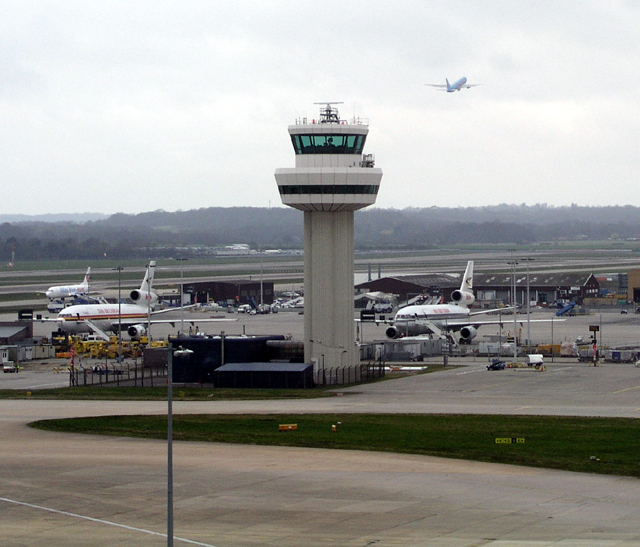


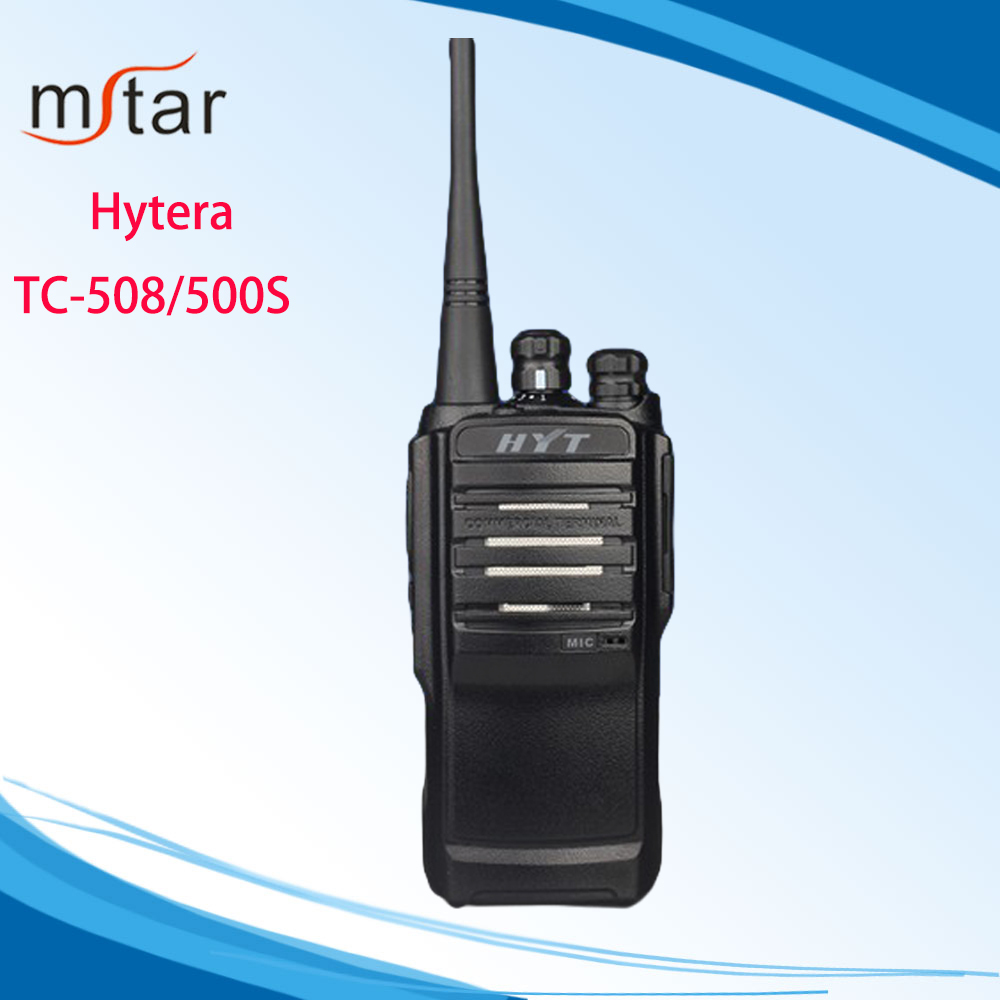









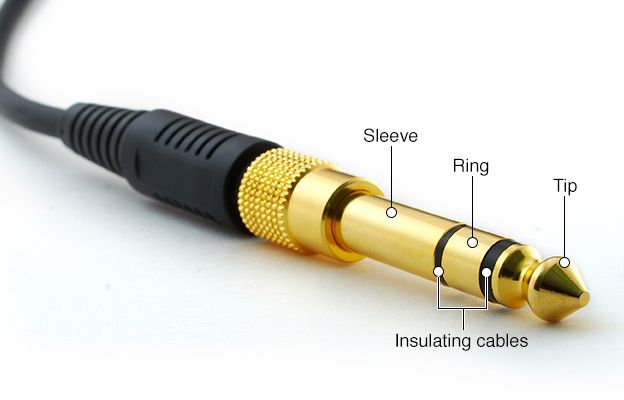
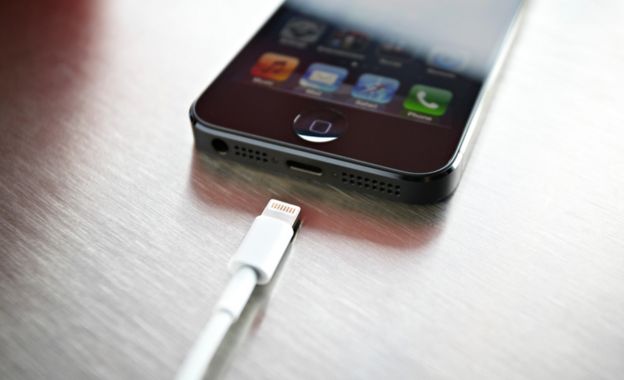
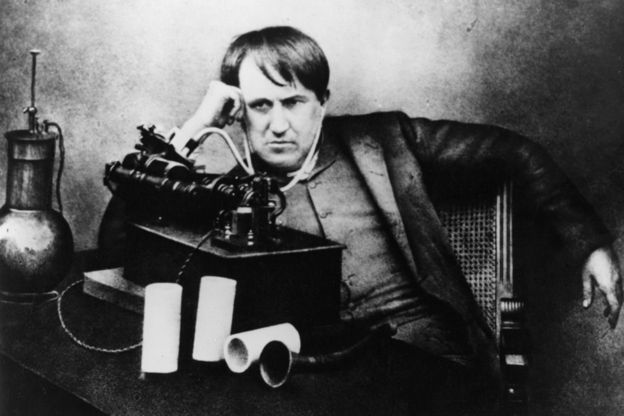


.jpg)

